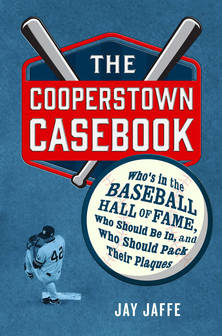
When I worked in The Tampa Tribune sports department, we’d be watching a baseball game during the summer. A colleague would usually call out something like this: Mike Mussina: Hall of Famer? Then the debate would begin.
Arguments are not limited to potential candidates. Plaques in Cooperstown are scrutinized carefully by fans. For example, how is former commissioner Bowie Kuhn enshrined, while baseball labor pioneer Marvin Miller is not? Who are Ross Youngs, George Kelly, Jesse Haines and Fred Lindstrom, and why are they in the Hall? Answer: It helps to have a former teammate like Frank Frisch or Bill Terry on the Veterans Committee. How are Barry Bonds and Roger Clemens, suspected of using performance enhancing drugs, finding it tough to gain election — while the commissioner who looked the other way when it was all happening was enshrined Sunday?
All are legitimate questions, and subjects that Jay Jaffe addresses in The Cooperstown Casebook: Who’s in the Baseball Hall of Fame, Who Should Be In, and Who Should Pack Their Plaques (Thomas Dunne Books; hardback; $25.99; 446 pages). This is a fun book, full of statistics that will please fans brought up on the Baseball Encyclopedia while also providing plenty of fodder for advanced stat lovers who religiously follow WAR, ERA+, OPS and OPS+.
Bill James, the godfather of sabermetrics, got the ball rolling in 1985 with The Bill James Historical Abstract and put Cooperstown to the numbers test in 1994 when he published The Politics of Glory. He followed with a revised edition of his 1985 book, The New Bill James Historical Baseball Abstract, in 2001. In 2009, Zev Chafets took a more irreverent look in Cooperstown Confidential: Heroes, Rogues and the Inside Story of the Baseball Hall of Fame, calling its members “the closest American equivalent to knighthood.”
Jaffe’s work combines James’ cerebral approach with Chafets’ humor, but he is more conversational in his prose than James and a heck of lot funnier than Chafets.
Jaffe, a contributing writer for SI.com and a former columnist for Baseball Prospectus, invented his own statistic — JAWS, or Jaffe’s WAR Score — “a tool for objectively measuring a candidate’s Hall of Fame worthiness” by comparing him to players at his position that already own a plaque. A large portion of the book does just that, as Jaffe compiles a list of players by position, breaking them down by the elites, rank and file, the basement (the most dubious honorees) and further consideration.
The final category includes players who will be eligible soon, like Chipper Jones in 2018; and candidates who have been overlooked or simply did not garner enough support from voters (examples include Dwight Evans, Gary Sheffield and Fred McGriff).
Every chapter in the second part of the book (called “Around the Diamond”) begins with one or two case studies, where Jaffe explores the Hall of Fame merits of players not in Cooperstown. He studies in detail the careers of Dick Allen, Alan Trammell, Bobby Grich, David Ortiz, Andruw Jones, Larry Walker, Minnie Minoso, Ted Simmons and Curt Schilling. How do they stack up? The conclusions are interesting.
A chapter about Bert Blyleven and Jack Morris is instructive, and the case of Ron Santo and his posthumous selection to the Hall is worth reading. Jaffe writes clearly, and while serious about his subject, allows himself to not take it seriously at times. So as baseball fans continue to debate about the merits of some players — what about Tommy John? Jim Kaat? Tony Oliva? Bill Madlock? Don Mossi? (just checking to see if you’re still reading …) — they can use The Cooperstown Casebook as a nice reference to bolster their arguments.
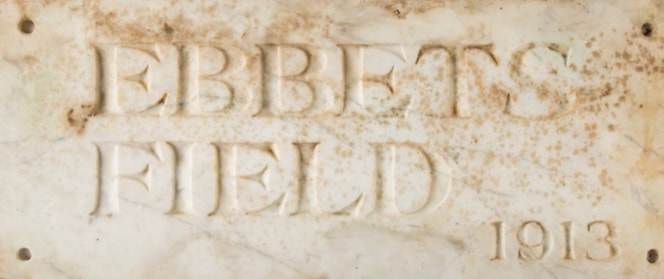
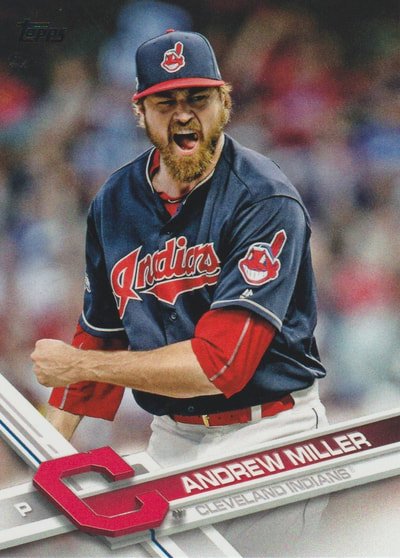
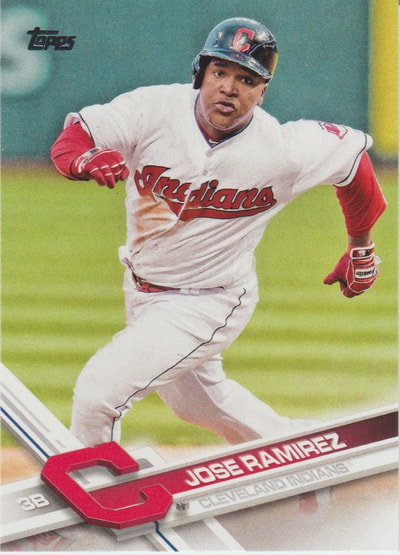
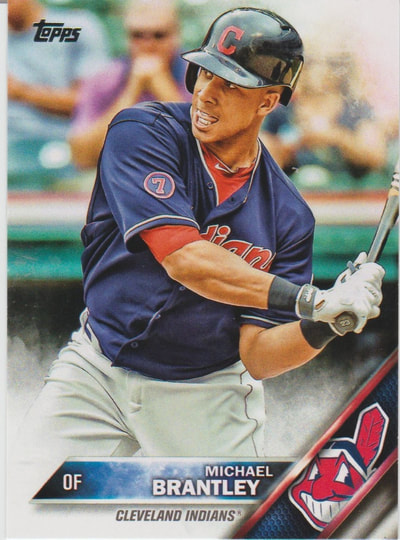
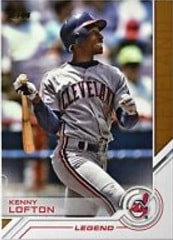
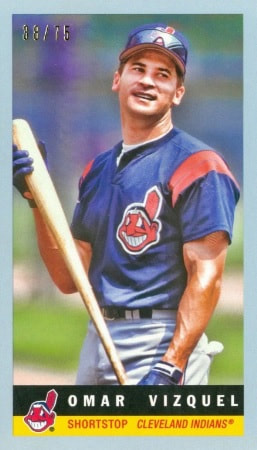
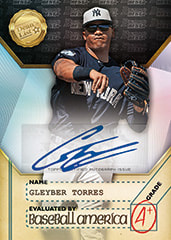





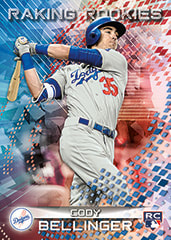



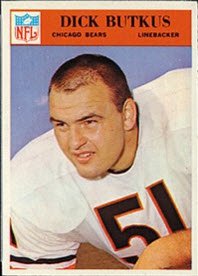
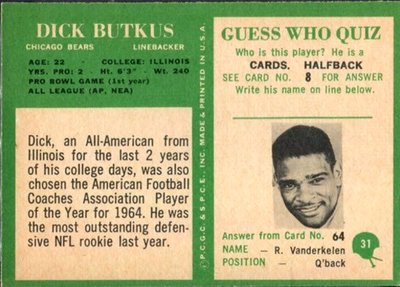
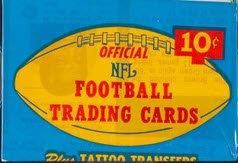
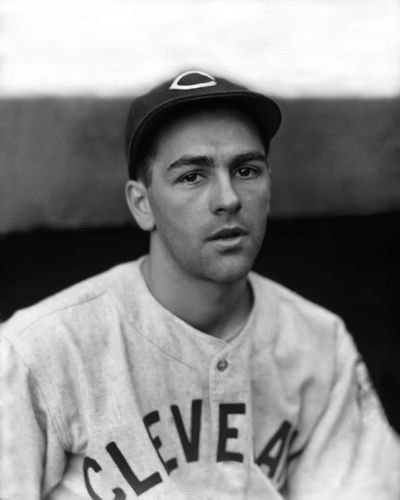
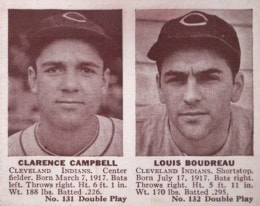
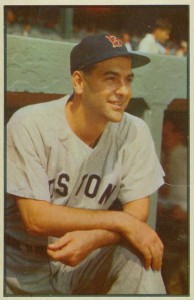
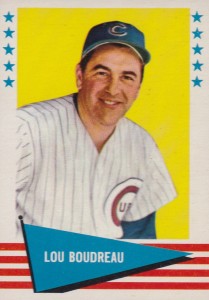
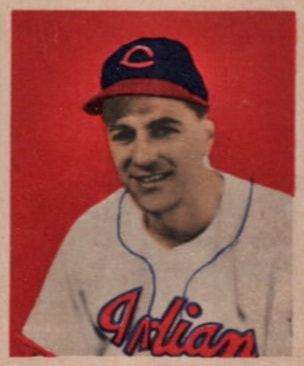
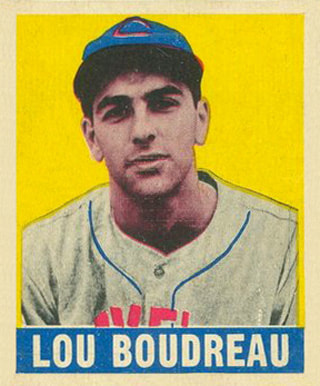
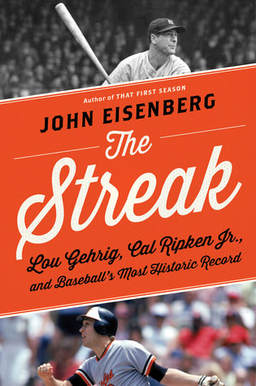
 RSS Feed
RSS Feed
